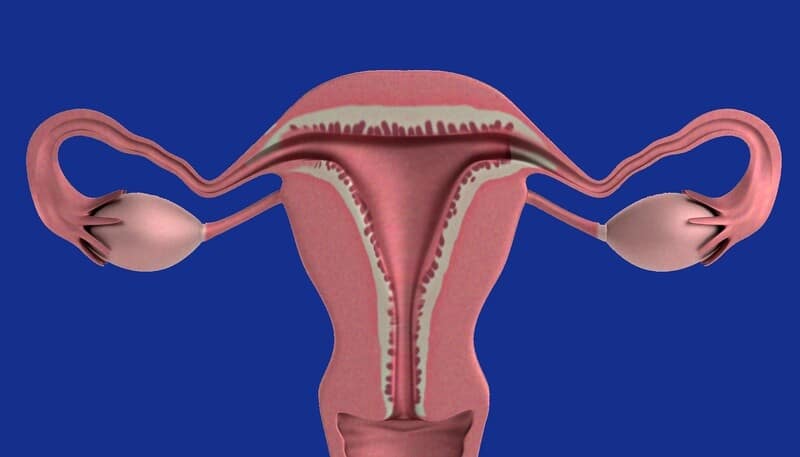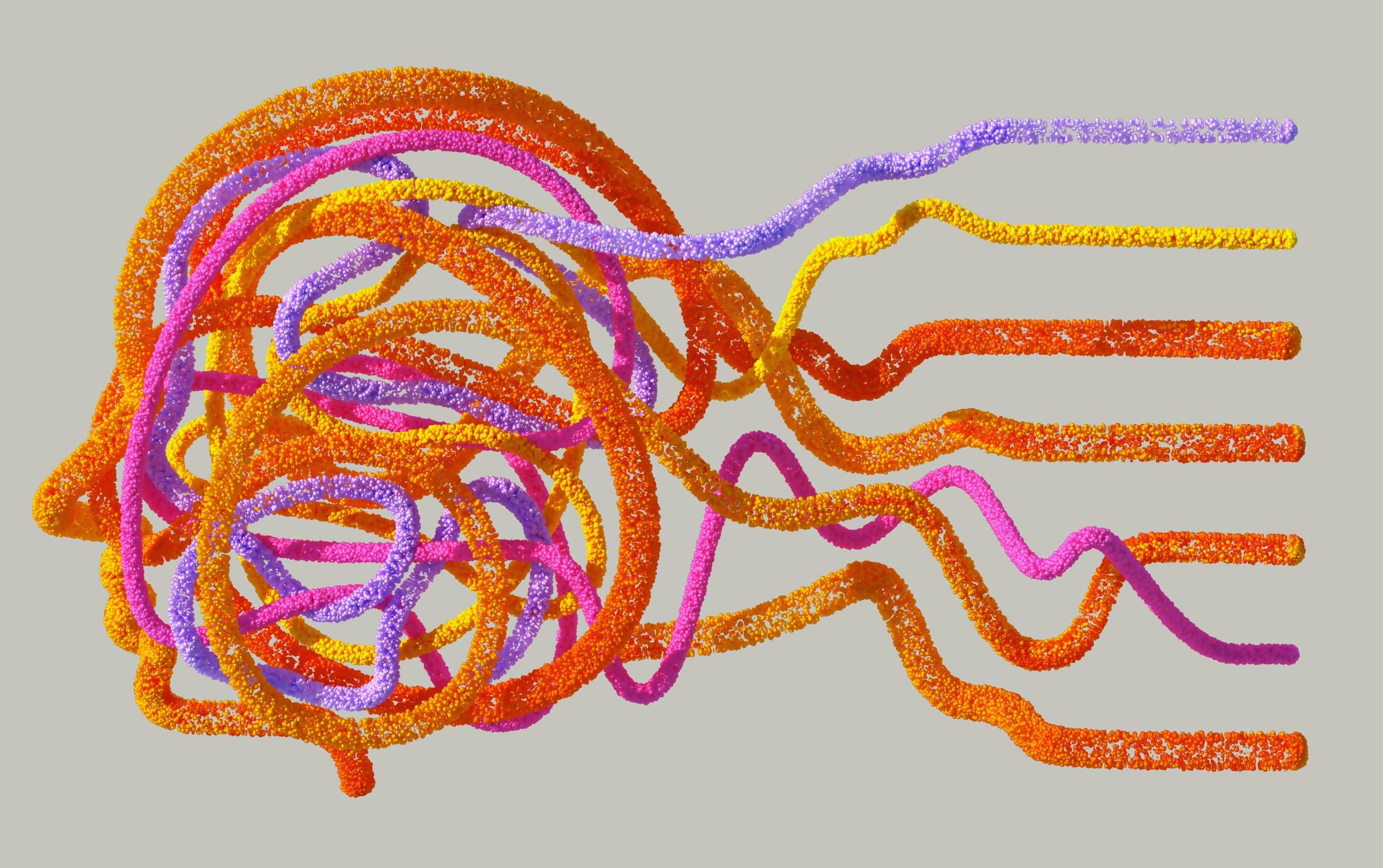Ovarian cysts are fluid-filled sacs that develop on the inside or the outside of a woman’s ovary. They usually go away on their own and are often painless and harmless. Most ovarian cysts are functional, meaning they occur as a natural reaction to hormonal changes during a woman’s menstrual cycle. However, ovarian cysts occasionally form for different reasons and can be problematic. This article will discuss the symptoms of an ovarian cyst, the different types of ovarian cysts, and their potential complications.
Symptoms
Some women don’t have any pain with an ovarian cyst, while others experience a dull ache or a sharp, stabbing pain. Other symptoms include bloating and feeling pressure or heaviness in that area. Occasionally, a cyst may rupture, which can be extremely painful. The larger the growth is, the greater the chance of it rupturing. Other symptoms of this include fever, vomiting, rapid breathing, weakness, light-headedness, and bleeding. When an ovarian cyst bursts, the fluid in the cyst leaks into the abdominal cavity. Typically, this fluid is absorbed by the body and doesn’t cause any issues. However, this fluid can sometimes cause an infection and the patient may require medical attention.
Functional Ovarian Cysts
Functional ovarian cysts are the most common type of ovarian growth. The first kind is called a follicular cyst and is formed when the follicle in an ovary fails to release an egg. This follicle can then fill with fluid and become larger, forming a cyst. The second type of functional cyst involves the corpus luteum, a temporary organ in the ovary that produces hormones to support pregnancy. This type forms after the follicle releases an egg and fluid accumulates in the corpus luteum, making it expand. Both types of functional cysts are usually painless and go away on their own.
Dermoid Cysts
Dermoid cysts are not related to a woman’s menstrual cycle. These growths are likely present at birth and may contain fully mature tissue from other parts of the body including skin, hair, or even teeth. They are unlikely to be cancerous but they can cause complications if they grow too large. However, they typically grow very slowly or sometimes not at all. Therefore, the chances of needing to have them surgically removed are low. They often cause little to no pain. Like other cysts, they can usually be diagnosed through a pelvic ultrasound.
Endometriomas
The lining of a woman’s uterus is called the endometrium. For reasons not fully understood by professionals, this tissue sometimes grows outside the uterus and attaches itself to other organs. This condition is called endometriosis. When the tissue attaches to an ovary, it forms a lump called an endometrioma. This tissue breaks down and bleeds like normal uterine tissue, but since the blood has nowhere to go, it collects in the pelvic cavity. This often causes chronic pain and heavy bleeding during menstruation. Endometriomas can also cause fertility issues because the ovary becomes compromised and ovulation is affected. Surgery is sometimes needed with this condition due to the severity of pain and the negative effect on fertility.
Hemorrhagic Cysts
This type of ovarian cyst is filled with blood and can form during ovulation when a blood vessel bleeds into an already existing cyst. They often leak out blood and sometimes they completely rupture. The pain of a hemorrhagic cyst rupturing can be very severe. This is due to the blood in the cyst entering the abdomen and pelvic cavity. Nausea and vomiting can also occur. Depending on the amount of blood that has leaked into the pelvis, a physician may choose to drain out the blood and/or cauterize the cyst. This type of ovarian cyst is almost always benign.
Cystadenomas
These are benign tumors that develop on the surface of an ovary and can form for several different reasons. These include pregnancy, hormonal issues, abnormal cell growth, and pelvic inflammatory disease. On an ultrasound, these growths may resemble functioning ovarian cysts. However, functional cysts typically go away after a few menstrual cycles, while cystadenomas do not. In fact, these tumors can become quite large and may require surgery. In some cases, the whole ovary may need to be removed.
Malignant Ovarian Tumors
Although the majority of ovarian growths are benign, a small percentage of them are cancerous. This kind forms due to an abnormal overgrowth of cells in the ovary. The exact cause of this overgrowth of cells is not fully known, but genetics can definitely play a role. Having a close female relative who has had ovarian cancer increases the risk significantly. Genetic testing can be done to see if a woman carries certain genes in her DNA that make her more susceptible to developing ovarian cancer.
Age is also a factor. An older woman is much more likely to develop ovarian cancer than someone half her age. Ovarian cancer is most common in women between the ages of 55 and 64. While it is very uncommon for a woman under 40 years to have this type of cancer, it can happen. Symptoms of ovarian cancer include abdominal bloating, weight loss, pelvic pain, back pain, fatigue, and frequent urination. Treatment of ovarian cancer typically includes surgery, chemotherapy, immunotherapy, and/or targeted drug therapy.
Final Thoughts
Functional ovarian cysts are very common and most of them are completely harmless. They are typically benign and go away on their own. Many women experience no symptoms with functional ovarian cysts, while others experience minor discomfort. Other types of ovarian cysts can be problematic and may require treatment, which is why it’s very important to get an accurate diagnosis of the type of cyst you have. Regular visits to your gynecologist are very important. Be sure to always mention any changes that are taking place in your body.
Disclaimer: This article is simply intended to provide information. It does not intend to replace the medical advice from a physician.










